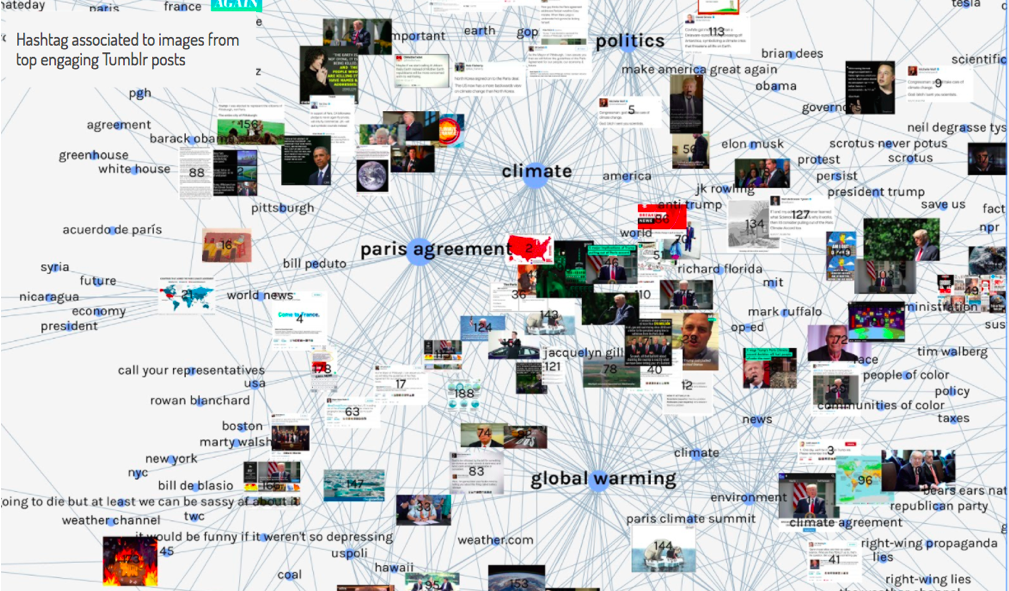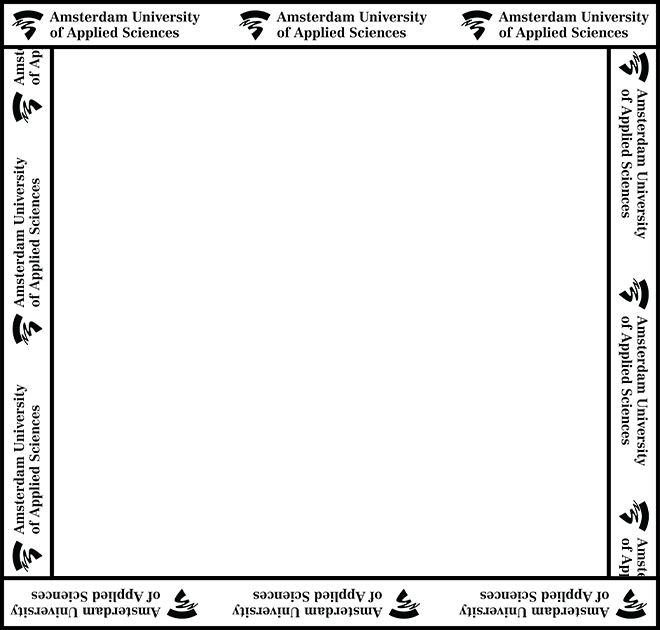An experiment in collaborating with AI to shed light on climate imaginaries. with the Visual Methodologies Collective.
Keywords: climate, artificial intelligence, non-linear narratives, digital ecology, machine learning
“Making climate visible” was the original name of this research and a continuation of a summer school on “Get the picture. Digital methods for visual research” at UvA in 2018. Researchers considered platform-specific methods of collecting, analyzing, and visualizing information for both visual platforms and platforms with a visual component. A meta-part of this project was to try to develop a visual log of this research project. In academic research, when protocols are created they look more “clean” and straightforward than the research process as a whole. In the arts, on the other hand, the process logs are more creative and less structured. This research project first examined and intersected these different approaches.
Since then the project has developed into the research ‘Climate Futures’, as an experiment in collaborating with AI to shed light on climate imaginaries. In the project, AI functions as our co-author, who has (machine) learned about climate imaginaries on the basis of training sets of climate fiction literature, indigenous climate change stories, climate-themed visual arts, and Hollywood ‘climate disaster’ film trailers. Andy Dockett, Carlo De Gaetano, and Sabine Niederer of the Visual Methodologies Collective design query to prompt the machine to create new climate imaginaries, in text, and in visual form. Subsequently, they edit these machine-generated cli-fi narratives and translate them into short stories, podcasts, and artwork.
The following machines and algorithms have been used in the Climate Futures project to date:
Tesla T4 (UUID: GPU-ef1d6b8c-7543-5969-4126-316eabeed5f9)
Tesla K80 (UUID: GPU-c7194ecb-e0a8-c862-1d76-5c6e46847652)
Open AI’s GPT-2 345M language model
AttnGAN: Fine-Grained Text to Image Generation with Attentional Generative Adversarial Networks





 Back
Back